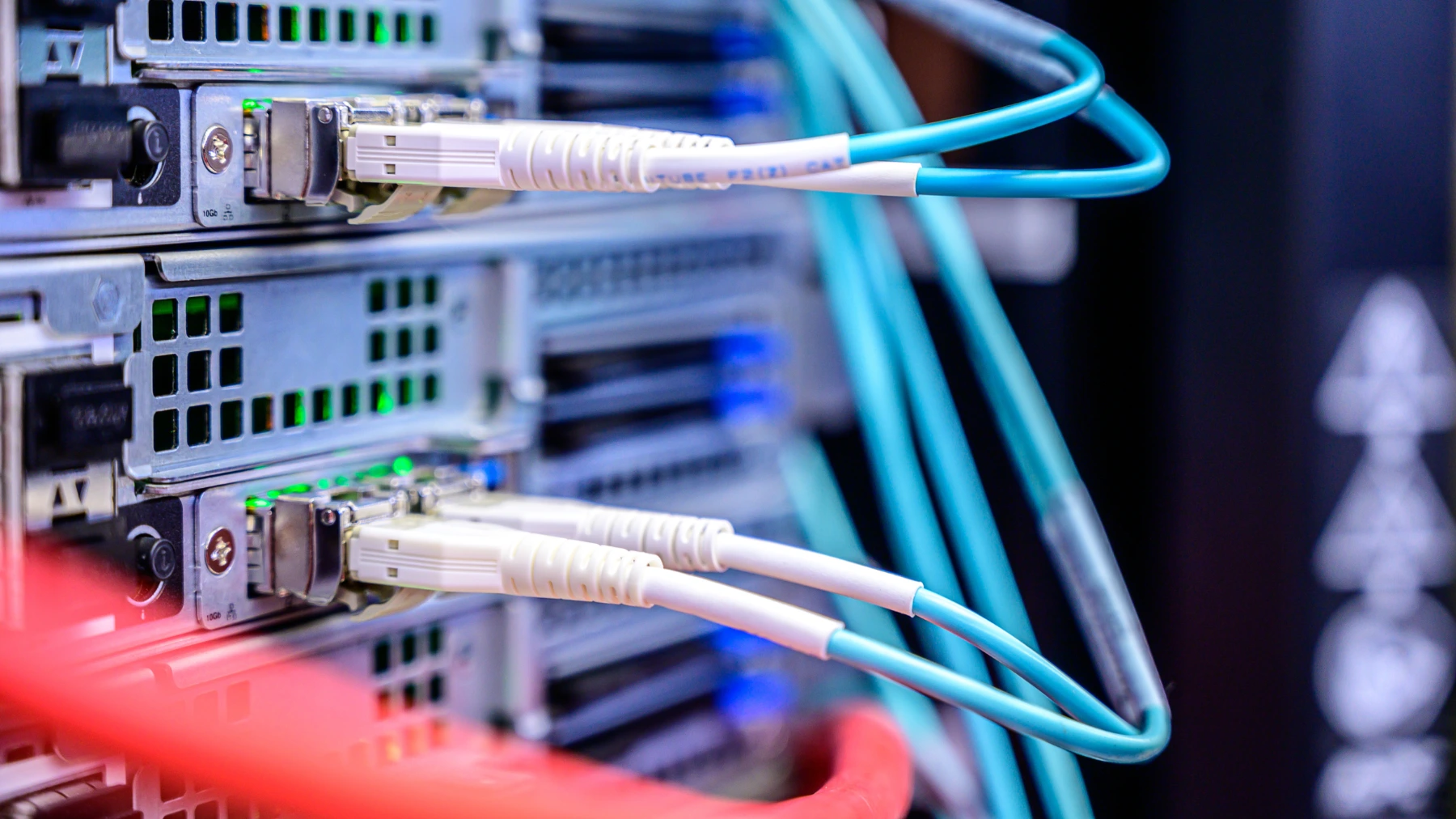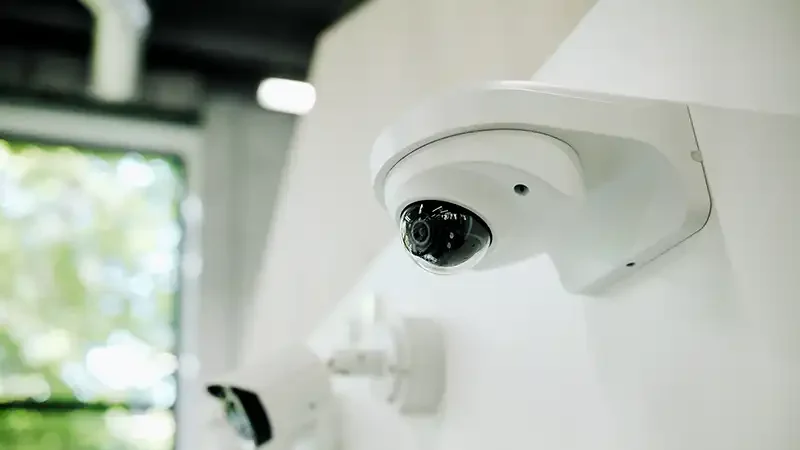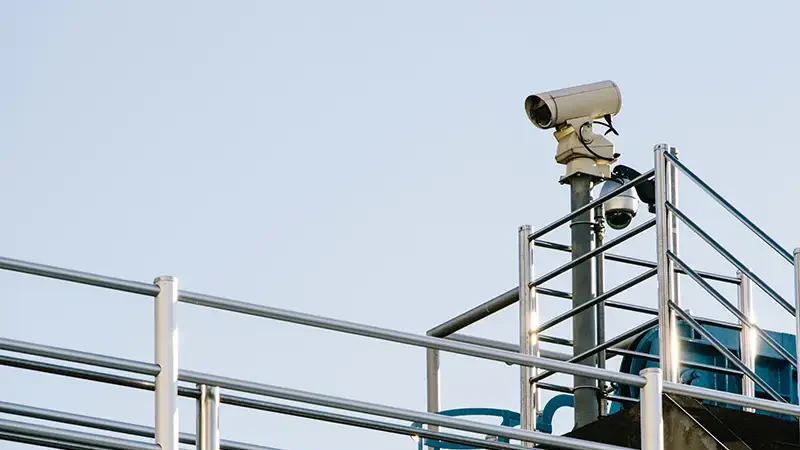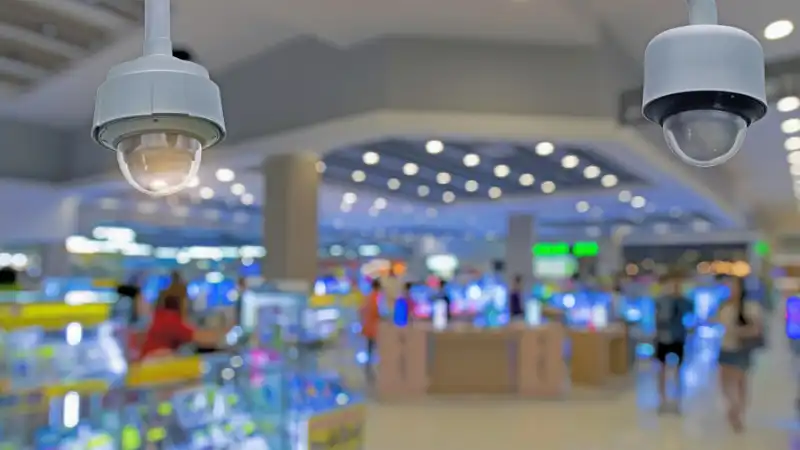
- Sep 25 2025
- |
- Reading Time: 6 Min
Site Mapping, Network Security Audits, and Risk Scans Explained
Reading Time: 6 minutesMost businesses are blind to their biggest IT risks. Is yours?
If you run a quick-service restaurant group with multiple locations, you already know how challenging it is to keep every site secure and connected. Between point of sale systems, cameras, Wi-Fi routers, and local service providers, your network may have evolved piece by piece instead of as a single, cohesive system from the start.
That’s when the blind spots form. It can take only one misconfigured router, outdated switch, or weak password policy at a single store to expose your entire organization. These hidden vulnerabilities might not show up today, but when they do, they’ll cost you in downtime, compliance penalties, and customer trust.
The good news is that these risks are preventable if you know where to look. That’s where site mapping, network security audits, and risk scans come in. Each of these three elements plays a unique role in protecting multi-site businesses from the silent, expensive chaos of unmanaged IT.
Site Mapping: What It Is and Why It Matters During Expansion
When it comes to IT, few business owners can picture a clear map of how their system is actually laid out. That’s where a site map is helpful.
A site map is both a physical and digital blueprint of your technology environment. It shows where your devices are located, how they’re connected, and how data travels between them. For a franchise network, a site map can document every router, switch, camera, access point, and server across every location.
A site map is like the Google Maps of your network. It helps your IT team (or your managed service provider) navigate your system and troubleshoot issues much more quickly.
Without accurate site maps:
-
- Technicians waste time guessing where devices are located or tracing the map from scratch.
- Equipment replacements and upgrades can be inconsistent with each other.
- Outages take longer to diagnose.
- Compatibility snags can hit your expansion projects.
A site map is even more critical during a multi-location rollout or remodel. You can’t improve what you can’t see, after all. Site mapping ensures your IT foundation is solid before you start adding new layers of technology. It also reveals redundant devices, outdated configurations, and poor cabling practices that could expose you to future failures.
In short, before you can secure or expand your network, it helps to be able to see it. That’s what site mapping does for you.
Network Security Audits: How They Catch Weaknesses Before They Cost You
Once you’ve mapped your network, the next step is to find out how strong it really is. That’s where a network security audit comes in.
A security audit is a deep-dive review of your network’s configurations, policies, and controls. The goal is to identify how, when, and why a failure or breach could occur, and to check for any broken parts in the system.
For multi-location QSR groups, a security audit uncovers vulnerabilities that arise when different stores use slightly different setups. For instance, one of your stores may have updated its routers, another may still be using the default admin password, and another might have an improperly-configured firewall.
A good audit examines the following:
-
- Hardware configurations (Are routers and firewalls set up consistently?)
- Access control policies (Who can access what and from where?)
- Update and patch management (Are all devices running the latest firmware?)
- Data encryption standards (Are POS systems and cameras transmitting securely?)
- Backup and recovery readiness (Could you restore data after a ransomware attack?)
Network security audits give executives and IT managers a prioritized list of action items. It’s the equivalent of a building inspection report for your digital infrastructure.
When done proactively, a network security audit prevents the worst kinds of surprises, such as:
-
- Point of sale outages during peak hours
- Unnoticed data leaks or camera hijacks
- Franchise-wide vulnerabilities caused by outdated hardware
These are the types of “invisible costs” that never appear in a budget line. The earlier you find them through a network security audit, the cheaper they’ll be to fix.
Risk Scans: What They Reveal About Your System’s Safety and Performance
If network security audits are like in-depth health exams, risk scans are the ongoing checkups that keep your systems in shape.
A risk scan is an automated process that continuously searches for weak points, outdated software, and performance issues across your network. Unlike audits (which are usually periodic and manual), risk scans can run weekly or monthly to flag vulnerabilities before they turn into real threats.
For franchise networks, risk scans are invaluable. You can’t manually check 30 or 50 sites every month, but it’s a breeze with automated risk scans.
Here’s what risk scans often catch:
-
- Unpatched software or firmware that opens security holes
- Open network ports that attackers can exploit
- Weak or reused passwords across multiple devices
- Bandwidth bottlenecks that slow down operations
- Out-of-date SSL certificates or expired device credentials
A risk scan typically displays these results with risk scores, which are easy-to-read metrics that show how secure (or vulnerable) your environment is today. Over time, you can measure improvements against this handy baseline.
For growing businesses, this kind of visibility is gold. Risk scans let you make smarter decisions about upgrades and resource allocation. And when you’re preparing for a new rollout or compliance audit, risk scan reports become proof that your systems are secure, consistent, and professionally managed.
How These Three Work Together for Complete Protection
Site mapping, network audits, and risk scans are three stages of a single, proactive strategy. Each one feeds the next to create a feedback loop of improvement and protection:
- Site mapping shows you what exists in your network.
- Network audits assess how the network is performing and where the weaknesses lie.
- Risk scans monitor those vulnerabilities over time so they don’t come back.
For example, let’s say a new restaurant opens under your franchise. Before its launch, a site map will ensure all the new location’s access points, routers, and cameras are correctly connected.
Next, an audit confirms that configurations match company-wide standards and that guest Wi-Fi is isolated from POS systems.
Finally, risk scans run monthly to detect new threats over time.
As a result, the new store enjoys consistent uptime, and you’ll enjoy uniform performance across every branch. That’s the real power of integrating these three services.
The Business Cost of Skipping These Three Steps
Every minute a restaurant can’t process orders, a store can’t connect to the central POS, or a security camera goes offline, you lose sales and customer confidence.
Simply put, ignoring IT assessments invites disaster. Here’s what typically happens when multi-location businesses skip these three steps:
-
- Inconsistent Configurations. Each store becomes its own “tech island.” When something breaks, support teams waste hours trying to reverse-engineer the existing setups.
- Hidden Vulnerabilities. One outdated device or unsecured Wi-Fi access point can become the entryway for ransomware or data theft. These attacks often start small and go unnoticed until it’s too late.
- Non-Compliance Fines. Failing to meet PCI-DSS or cybersecurity insurance requirements can lead to penalties or denial of coverage after an incident.
- Lost Productivity and Morale. Your staff loses trust in their tools, franchisees get frustrated, and IT teams burn out from constant troubleshooting.
The combined cost of these disruptions often dwarfs the price of regular audits or scans. Paying for recovery is always more expensive than paying for prevention.
The Hidden ROI: Compliance, Insurance, and Brand Trust
On the other hand, when you strengthen your network, you’re preventing problems, protecting your brand, and earning leverage with insurers, franchisors, and regulators at the same time.
-
- Compliance: If you’re in food service, remember that you handle enormous amounts of customer payment and Wi-Fi data. Regulators expect every device that touches that data (from POS terminals to access points) to comply with strict standards like PCI-DSS. Audits and risk scans document this compliance.
- Insurance: Cybersecurity insurance providers increasingly demand proof of preventive action before issuing or renewing policies. Regular assessments will make renewals go smoothly.
- Brand Trust: Your customers may never see your network infrastructure, but they’ll feel its effects every day. Fast transactions, reliable Wi-Fi, and secure online ordering all tell them your brand is dependable.
One high-profile breach, however, sends the opposite signal, and it can take years to rebuild that confidence.
What to Expect from a Professional Assessment Process
When you partner with a trusted integrator like Carolina Georgia Sound (CGS), you get a structured, transparent process designed to strengthen your systems without disrupting operations.
Here’s what your typical IT assessment will look like:
-
- Initial Consultation. We discuss your goals, concerns, and upcoming rollouts.
- Site Mapping. Our team documents your network architecture, hardware inventory, and connection points across every location.
- Network Security Audit. We review your configurations, access controls, and compliance posture.
- Risk Scanning & Analysis. We run automated tools to identify vulnerabilities and benchmark your system’s performance.
- Action Plan & Report. You receive a prioritized list of fixes and upgrades, along with clear recommendations to future-proof your network.
Every step will be tailored to your organization’s scale, budget, and timeline, whether you’re managing 10 stores or 100.
Free Multi-Site Diagnostic from CGS
If your franchise group is planning a rollout, remodel, or compliance upgrade this year, now’s the time to act.
A free multi-site diagnostic from CGS will reveal your current IT health and find areas that deserve immediate attention before they cause downtime or data loss.
Ready to start? Contact our team to get on the schedule today.
Recent Success Stories





![]()
Great team, excellent service. We highly recommend!
Georgetown Villas Llc.
Owner,
![]()
We’ve been enjoying the music of Carolina Georgia Sound here at Roundabouts for 10+ years now. They offer a wide variety of music from all genres at an affordable price. Customer service is very helpful and responsive.
Roundabouts Consignments.
Owner,
![]()
Very fast, considerate, respectful, knowledgeable, not to mention helpful. I would recommend them to everyone! I will continue to use them!!!!!







